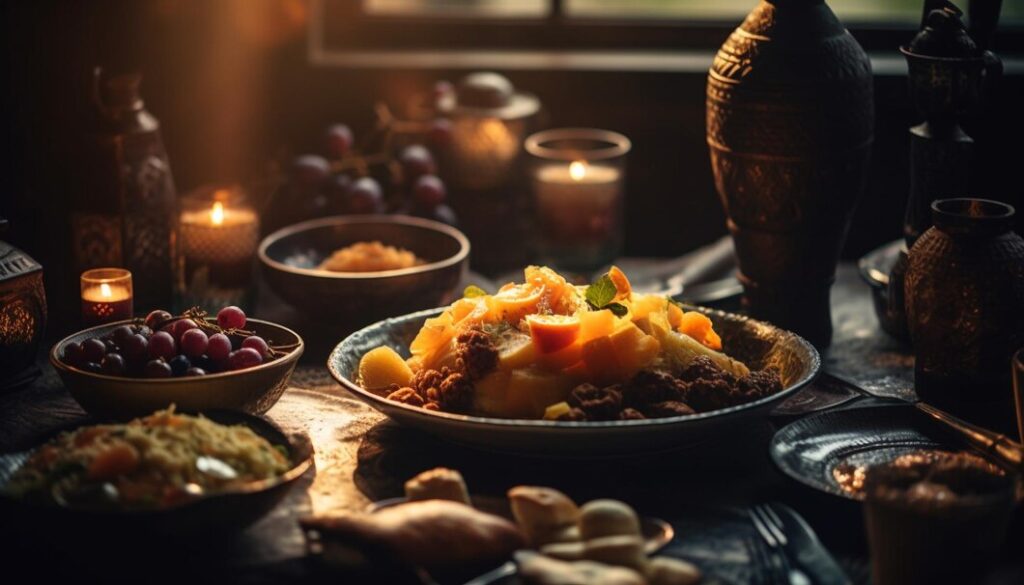Cassasse, often shrouded in mystery, is a culinary treasure that has captivated palates worldwide. With roots tracing back to various cultures, its unique flavor profile reflects the traditions and ingredients of each region.
As you embark on this delicious journey, you’ll discover how cas-sasse can range from savory to sweet. Each preparation tells a story—one of community gatherings and cherished family recipes passed down through generations. The beauty of cassasse lies not just in taste but also in its ability to connect people across different backgrounds through shared meals and experiences.
How to cook cassasse
Cooking cassasse is a delightful experience that brings out its unique flavors. Start by washing the tubers thoroughly to remove any dirt. Peel them and cut into even-sized pieces for uniform cooking.
Boil the cassasse in salted water until tender, which typically takes about 20-30 minutes. You can also steam or roast it for different textures and tastes. Once cooked, mash, fry, or incorporate it into various dishes as you prefer. Experimenting with spices and herbs will elevate your culinary creation even further!
The Cultural Significance of Cassasse
Cassasse is more than just a dish; it’s a cultural emblem that reflects the rich traditions of various communities. Found in kitchens around the world, cas-sasse often accompanies celebrations and family gatherings, connecting generations through shared flavors.
In many cultures, its preparation involves age-old techniques passed down through families. This culinary heritage showcases local ingredients and cooking methods unique to each region. As such, enjoying cassasse can be an exploration of history and identity—a delicious reminder of where we come from and how food brings us together.
Ingredients of Cassasse
Cassasse is a delightful dish that showcases a variety of ingredients, making it truly versatile. At its core, cas-sasse typically includes starchy vegetables like yams or cassava, which provide a hearty base. Aromatic spices such as garlic and onion enhance the flavor profile significantly.
Other common additions may include proteins like chicken or seafood, depending on regional variations. Fresh herbs bring brightness to the dish while local peppers add an exciting kick. This blend of flavors and textures creates an unforgettable culinary experience that reflects diverse cultural influences.







